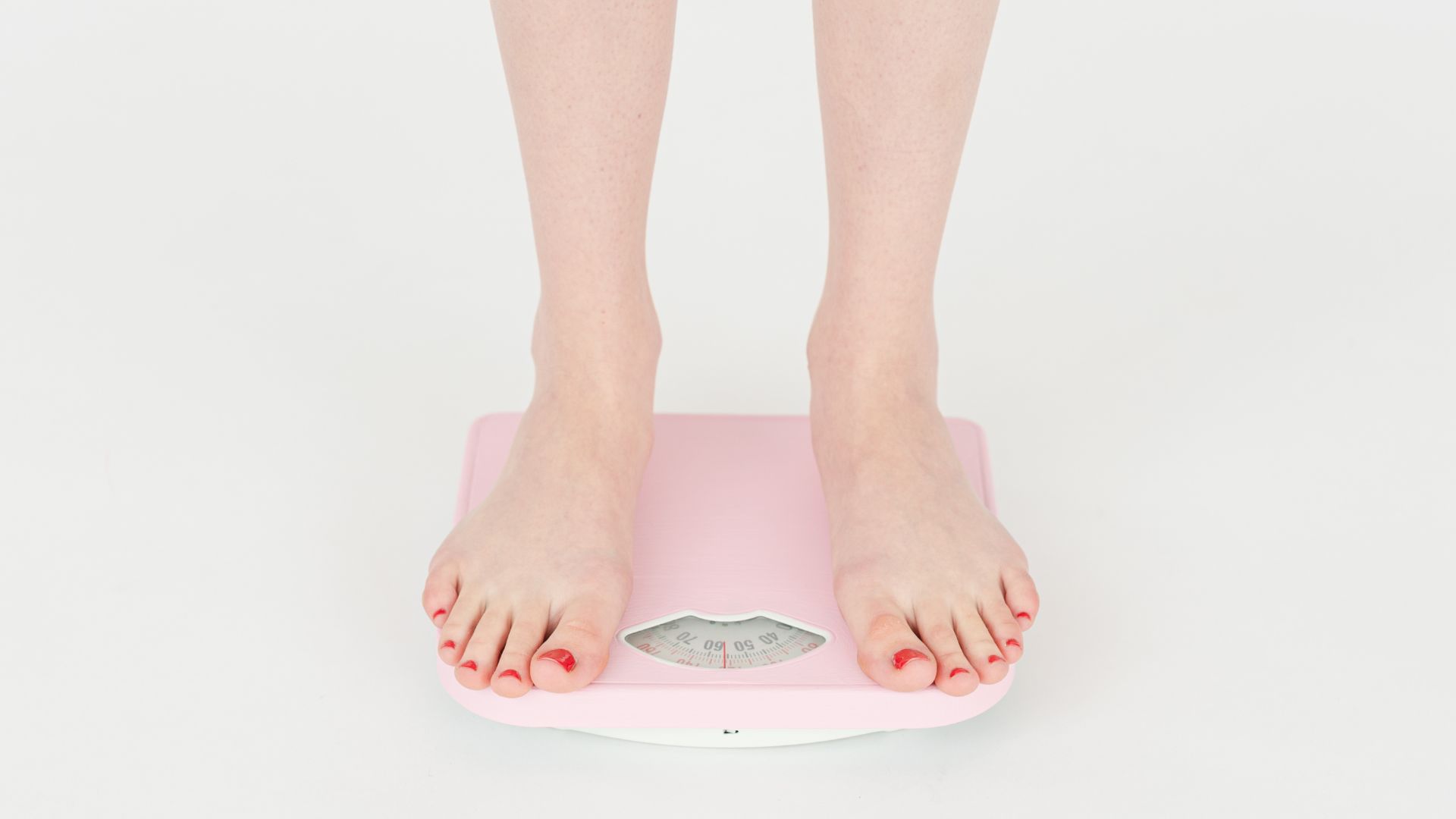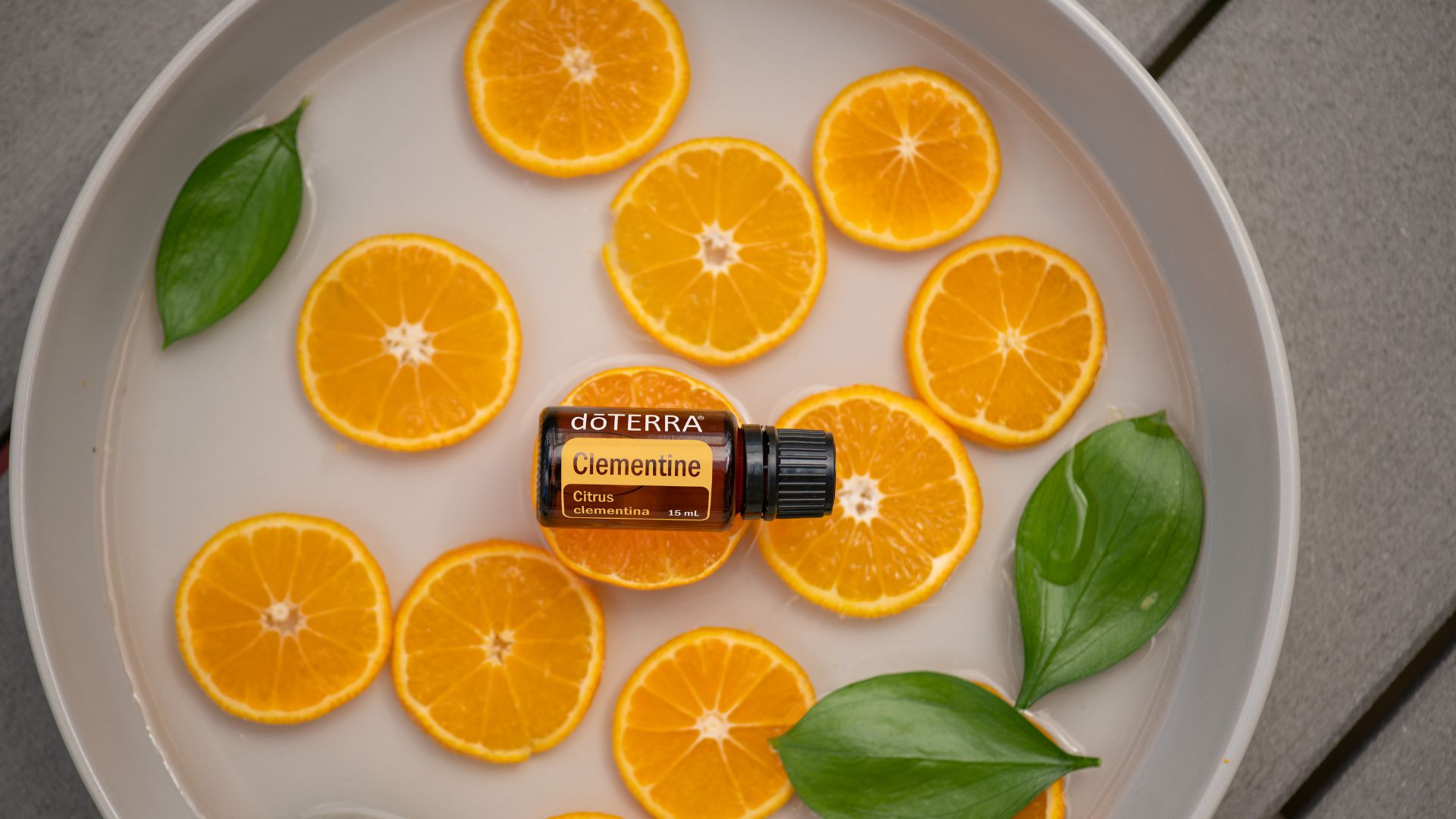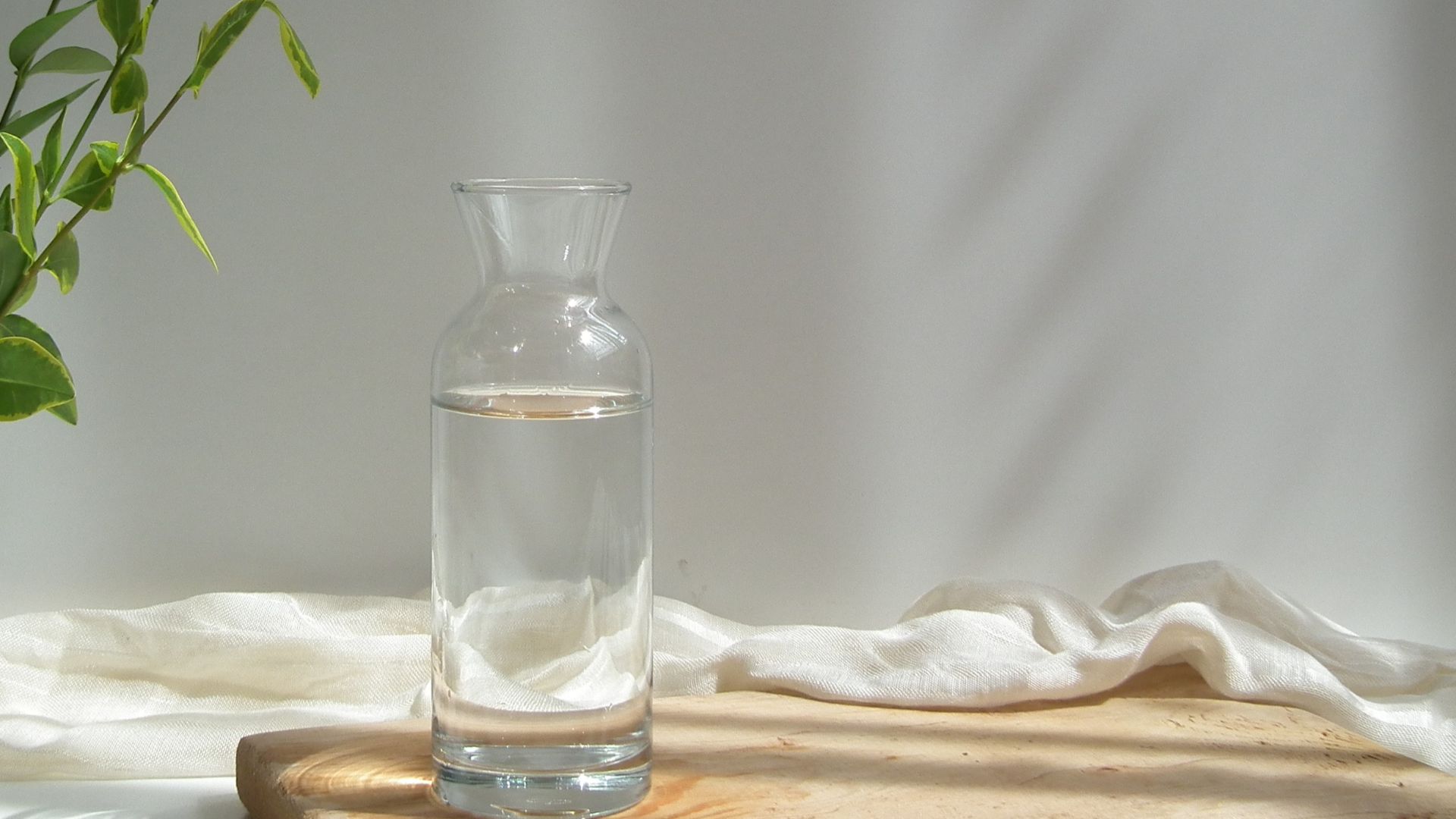White or brown sugar? Agave syrup or cane sugar? Here are the advantages and disadvantages of each :
HONEY
It was once perceived as a divine substance and used as a cure for a thousand and one ailments in many ancient civilizations. As a substitute for sugar, it contains more calories than white sugar (22 calories per teaspoon versus 16). However, it has a lower glycemic index and is somewhat more interesting in terms of vitamins and minerals.
CANE SUGAR
Organic or not, cane sugar may not be as processed (refined) as white cane sugar, for example. One teaspoon of white or unrefined cane sugar contains 16 calories. This may not seem like much at first glance, but if you count all the other foods or drinks you eat or drink throughout the day, you will find that the sugar content is very high in sweetened drinks, breakfast cereals, candy bars, cookies, etc.
Brown sugar is also sugar, depending on the degree of processing with some amount of molasses giving it color and flavor. In addition to the detrimental health effects of sugar when consumed in excess, sugarcane requires a lot of water to grow. According to the World Wildlife Fund, the sugarcane industry is also partly responsible for the impact on biodiversity in many parts of the world.
MAPLE SYRUP
It has the most interesting concentration of vitamins and minerals, contains antioxidants and has a glycemic index similar to that of honey, which is lower than that of white sugar. But before you start consuming it inordinately, remember that it is primarily a source of added sugars.
STEVIA
Stevia stands alone. It comes from a plant native to South America, and tops the list of sweeteners because it is natural, contains no calories and is 10-15 times sweeter than white sugar, which means you will need very small amounts to get the same sweet taste. In addition, it does not affect blood sugar levels. For this reason, stevia is an interesting solution, for example, for diabetics or those who want to reduce calories. However, stevia, like sugar, is addictive to the sweet taste. Still, it is better to accustom your taste buds to a less sweet taste.
COCONUT SUGAR
The nectar is harvested from the sap of the flowers of the coconut, after which it is boiled and stirred until the water evaporates. Compared to sugar cane, coconuts require much less water to grow, which is very good for the environment.
Like agave syrup, coconut sugar also has a low glycemic index. It also has more vitamins and minerals than white sugar.
It is much healthier to prefer other foods, such as fruits and vegetables, which are much richer in vitamins and minerals.
ALTERNATIVES TO SUGAR
Since sugar, when consumed in excess, causes a number of health problems, such as obesity, diabetes, it’s time to cut down on its consumption. But don’t be fooled into trying to replace it with the same amount of organic cane sugar or agave syrup.
Here’s a review of some more and less good alternatives to sugar:
BROWN RICE SYRUP
Brown rice syrup is often used in products that claim to be “natural” and “healthy.” But let’s face it, this alternative to white sugar is nothing more than a highly refined liquid derived from a cereal that is more or less interesting from a nutritional perspective. Brown rice also tends to absorb more arsenic from the soil than many other plants. Arsenic consumed in excessive amounts over many years is thought to predispose to certain cancers such as lung, skin and bladder cancer. Although the amount of arsenic commonly found in brown rice is not high enough to cause health problems, it would be wise to remain vigilant and limit its consumption, especially in syrup form, and especially among children.
AGAVE SYRUP
Native of Mexico, agave syrup comes from the plant of the same name, which is also used to make the famous tequila. Its low glycemic index appeals to many a sweet tooth; in fact, it is said to be three times lower than white sugar. And since its sweetness is more intense than that of white sugar, it can be much lower for making sweet dishes. The problem, however, lies precisely in its high fructose content. Therefore, this syrup is often compared to glucose-fructose, an ingredient regularly used in confectionery, sweetened beverages and some baked goods. When fructose is present in processed foods and consumed in large quantities, it has a bad habit of raising blood triglyceride levels, an indicator often linked to other cardiovascular disease risk factors.
How dangerous is sugar to our health?
We love sugar, and the food industry figured that out a long time ago. Sugar is put almost everywhere, including in foods that we think do not contain sugar: condiments, frozen foods, etc. Sugar and salt are highly effective flavor enhancers and drive sales. Historically, sugar consumption increased dramatically after World War II, simultaneously with the industrialization of the food industry. Cookies, sugary desserts, cereals, fruit juices and soft drinks piled up on grocery store shelves and then supermarkets. Sugar was not seen as the enemy. Instead, campaigns were directed against fat and calories. And that’s a big mistake.
First of all, you have to remember that we don’t need added sugar.
For centuries, no one has eaten sweets, ice cream, chocolate cakes or added sugar to coffee.
The American Heart Association gives a strict recommendation on the amount of sugar consumed – no more than 20 grams a day for women and 36 grams for men. Let’s be clear: we’re talking about added sugar. Not the sugars found in foods such as fruit. It refers to sugars contained in prepared foods: jams, cakes, chocolate, and industrial juices and sodas…
Remember that the minimum dosage can be exceeded very quickly!
Take care of your health.







